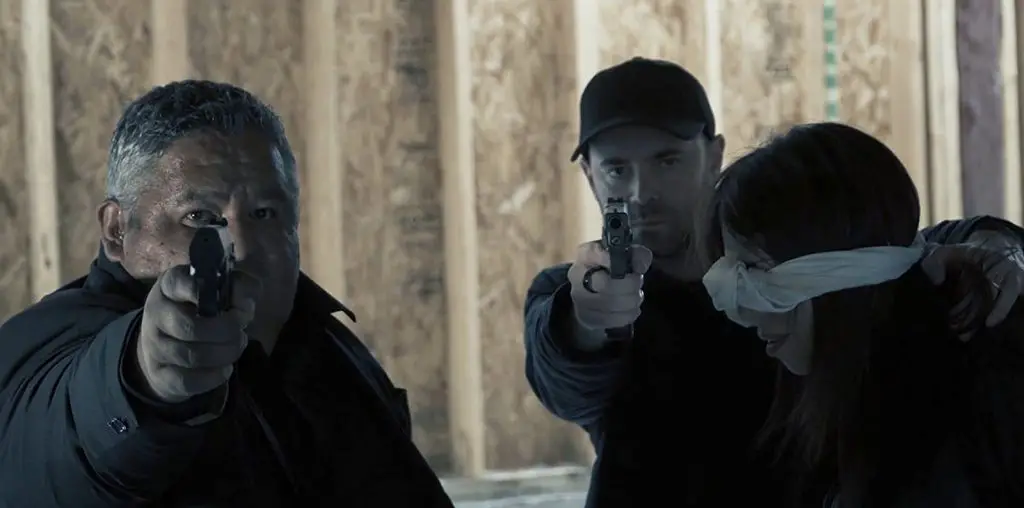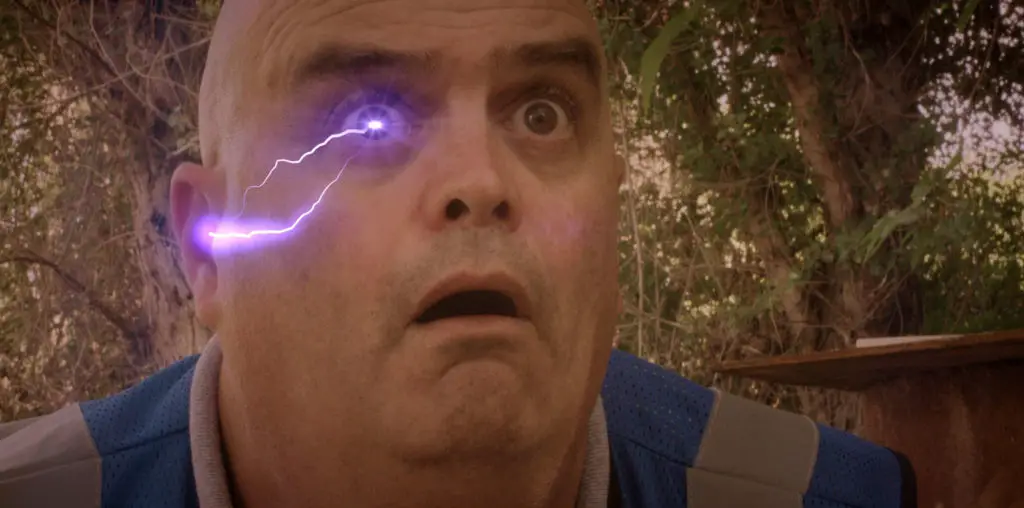
Inner-city high school movies are nothing new. “Blackboard Jungle” was released in 1955 to critical and financial success and Hollywood’s been capitalizing off the Teacher-as-Savior model ever since. The 80s and 90s saw a substantial rise in the number of inner-city high school movies being made with films such as “Lean on Me” (1989), and “Dangerous Minds” (1995) all raking in millions of dollars for their respective studios.
The trouble with these films were that they painted a picture of a teacher coming into the ghettos and saving the students who would be hopeless without them, doomed to succumb to the pressures of their dangerous environments. This might be okay if the intended audiences were teachers in need of some inspiration, but in most cases, the films were marketed towards the same type of youth they were depicting. Thus, sending a clear message to any youth finding themselves in said dangerous environments that their own struggles are inconsequential and that unless a teacher decides to save them, their chances for success are bleak.
What “Heart of Stone” does is improve upon the Teacher-as-Savior model by targeting their film to educators and alumni, showcasing the changes that they can make in their communities.
“Heart of Stone” follows Ronald Stone, principal of Weequahic High School, as he works with the Alumni Association to clean up the school and present opportunities to the students which hadn’t been offered in years. Some of these opportunities include trips to Paris for the French club and scholarships for students intending on attending college. The film does place the focus on Stone as the major contributor for the differences made at Weequahic but in a documentary such as this, it’s appropriate. Three students are also followed throughout the course of the film, Rayvon, Sharif, and Ricky, all gang members who Stone works with, pushing them towards furthering their education.
The stories of these students are equally as compelling as the story of their principal. Kruvant’s film recognizes that the choice to succeed is ultimately the students’ but highlights the efforts made by community members (not just the Teacher-Savior) to influence the youth into making the right choices. It’s a high-quality documentary that certainly does a better job at telling this type of story than its feature-film counterparts.

